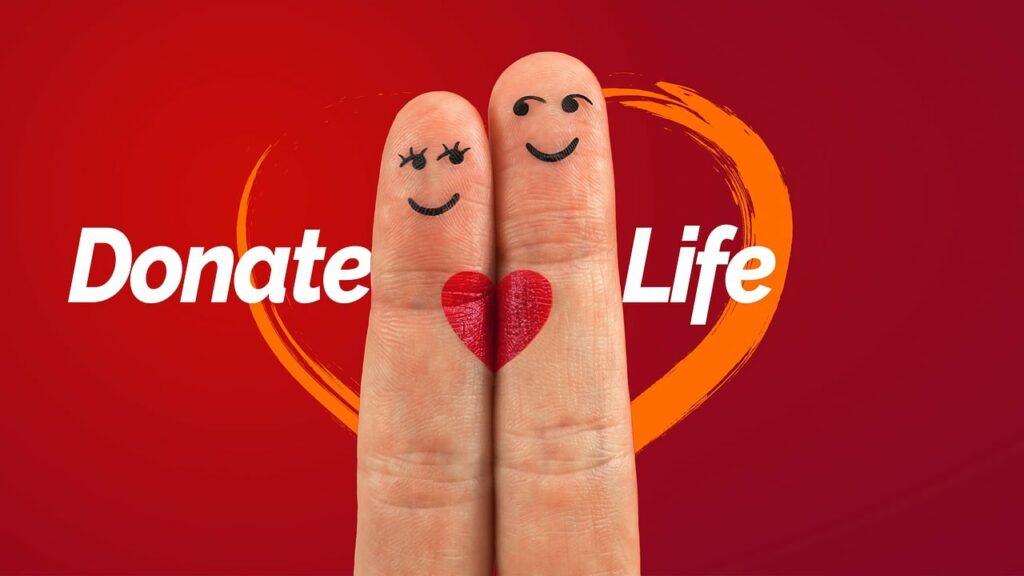April is National Donate Life month, a time to raise awareness of organ donation and share information about how one person can save up to eight lives. FRC is doing its part to spread the word.
As a first responder, you’re the pivot point between life and death on some calls. When it doesn’t work out, there may still be a chance to save a life, or a few. The sooner EMS identifies an organ donor, the more viable those organs are for transplant to a patient in dire need.
Let’s look at some facts about organ donation and then see what you can do to help save even more lives.
Organ Donation: 10 Quick Facts
Here are some quick facts from UNOS, who’s all about organ donation.
- A national computer system determines organ donors and recipients by analyzing by blood type, organ size, condition, and location.
- Organ donation can only be considered after a physician declares death. For first responders on scene, the sooner transport occurs, the sooner the process can move along. Identifying a patient as an organ donor quickly can help save lives.
- People of all ages and conditions are eligible for organ donation. Registration is easy and at registerme.org. You can identify this on your license as well, but it’s also good to share this with your family and loved ones so they’re aware.
- Organ donation is acceptable in almost all religions. Aside from Shinto and Roma, who both believe in preserving a deceased body, other religions often view it as an act of charity.
- An open casket funeral is still possible with organ donation.
- Organ donation does not cost anything to the donor’s family.
- Unless the recipient or donor’s family chooses to release information, they remain completely anonymous.
- Living donations increase organ supply and save lives sooner.
- In 2023, the US alone performed more than 39,000 organ donations from deceased donors. Imagine how many more with living donors, or around the world. (The US provides the greatest number of organ transplants in the world.)
- One donor can save up to eight lives by donating organs and impact up to 75 by donating tissue (bone, tendons, cartilage, connective tissue, skin, corneas, sclera, and heart valves and vessels).
EMS Team Inspires Living Donors
Will Lindberg, paramedic from Cambridge MA at the time, was influenced by a patient he transported who was suffering from liver failure. He recalled his experience with his father as he spoke with the patient during transport. Shortly after, he decided to register himself as a living donor. In 2020, he successfully donated part of his liver to a 3 year old with liver cancer. His example inspired his coworkers at Pro EMS to launch EMS Gives Life. Hear his interview with EMS1. EMS Gives Life now works to provide education and support to all first responders about organ donation for living and deceased.
What Can You Do?
You can learn more about organ donation, your options, and check out more facts from EMS Gives Life or learn about joining a donor registry here. With over 100,000 people waiting for a transplant, we can make a difference in someone’s life.
